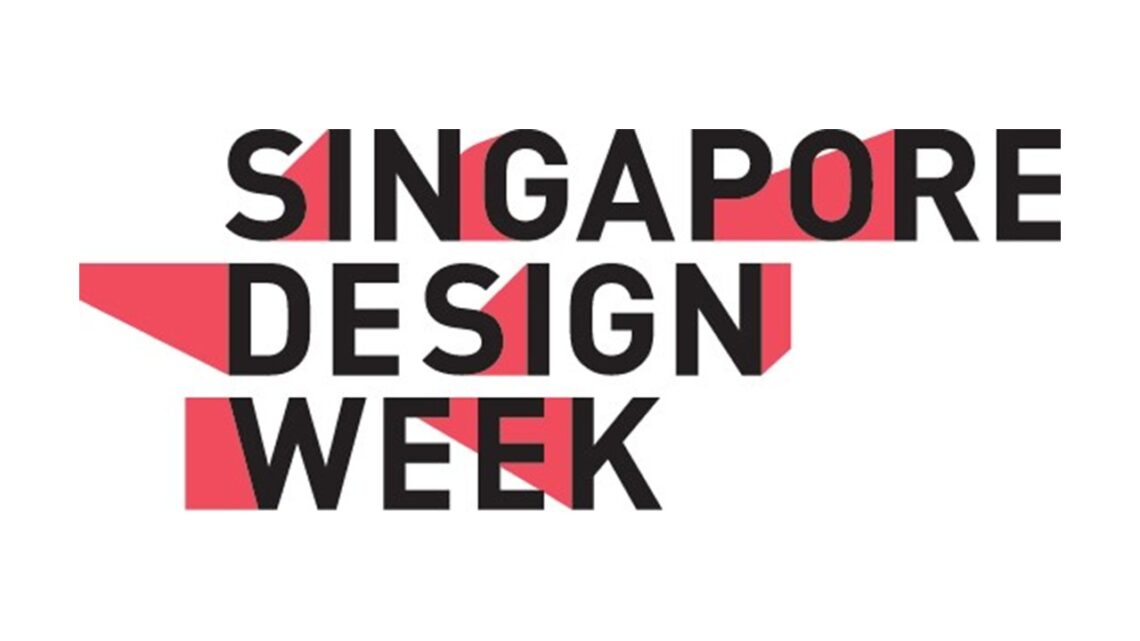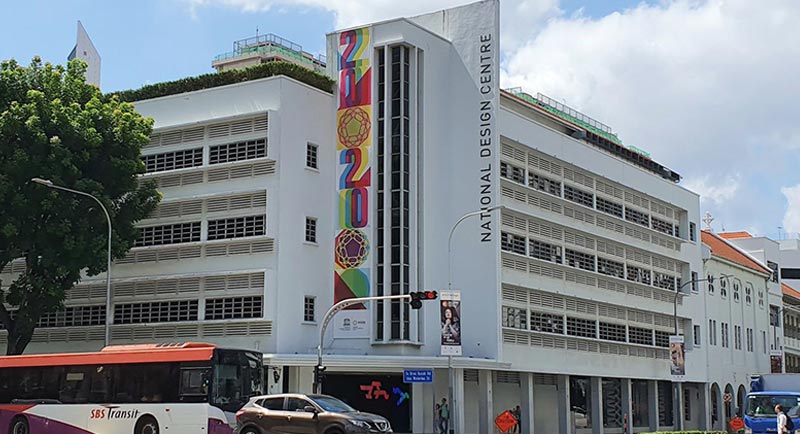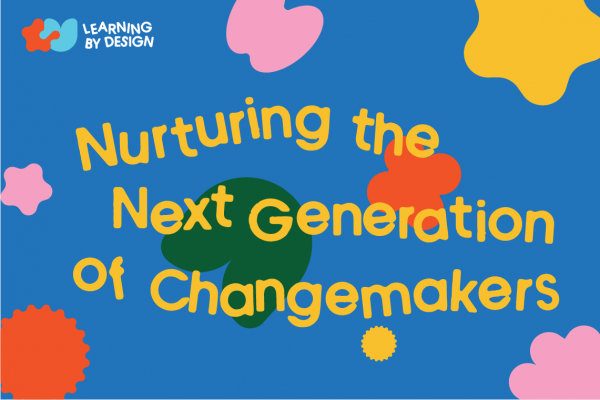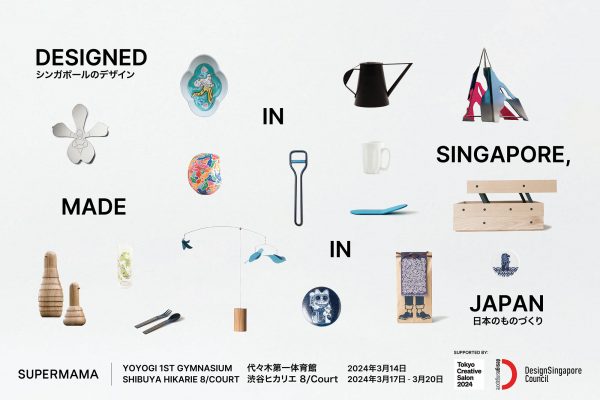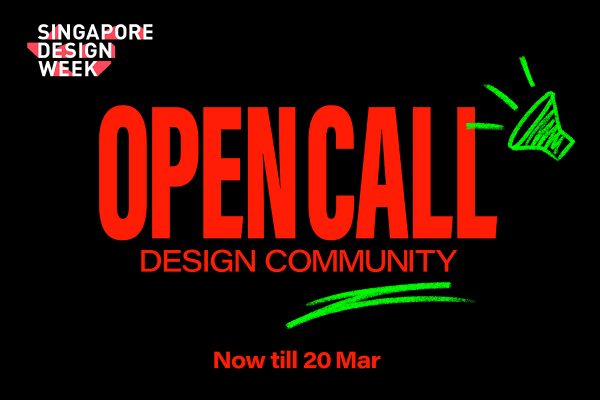She began as an outsider in design, but over the last two decades Kelley Cheng has brought designers in Singapore together through a magazine, and subsequently, spaces for creatives to connect. These platforms lay the foundation for the creative community who have propelled the growth of Singapore’s design industry. As the designer enters the third decade of her career, she has embarked on a new project to connect young designers with mentors to create a better future for Singapore design.
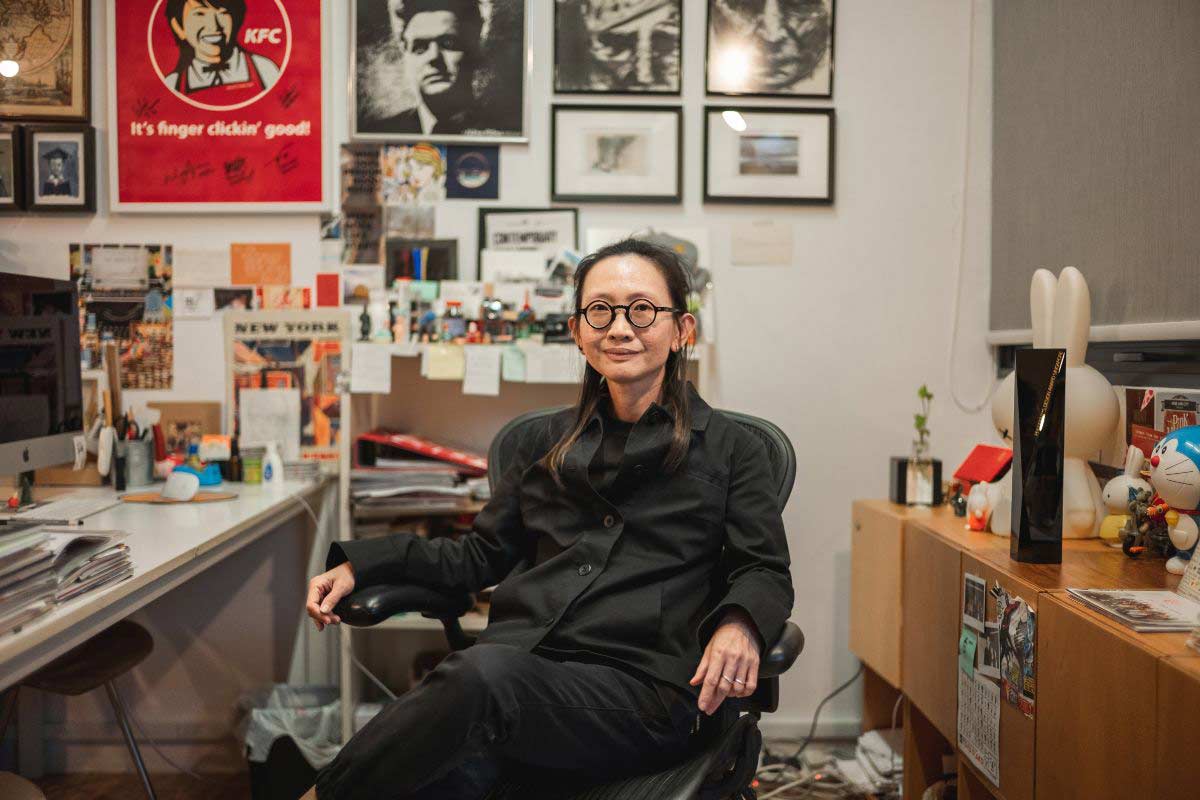
Article by Justin Zhuang
Since secondary school, Kelley Cheng enjoyed taking pictures and browsing magazines. But she ended up studying architecture because there were no avenues of obtaining a degree in photography or publishing in Singapore in the early nineties.
The dream of working in publishing, however, never died. She freelanced for magazines and even designed her own zines using the university’s Apple Macintosh. By the time Cheng graduated from architecture school, she had turned her back from the profession and joined an architecture and interior magazine instead. When it closed down just two years later, the jobless 27-year-old decided to pursue her dream of starting her own design magazine in 1999.
iSh was modelled after Cheng’s vision to create an Asian version of the then popular British design title, Wallpaper*. It too presented design as a lifestyle but focused on the works of designers in Singapore instead. According to Cheng, this was unprecedented as the profession of design was still in its infancy locally. Around the turn of the millennium, a decade had barely passed since the government stepped up its promotion of design during the late 1980s, and there was only one national design school in Baharuddin Vocational Institute.
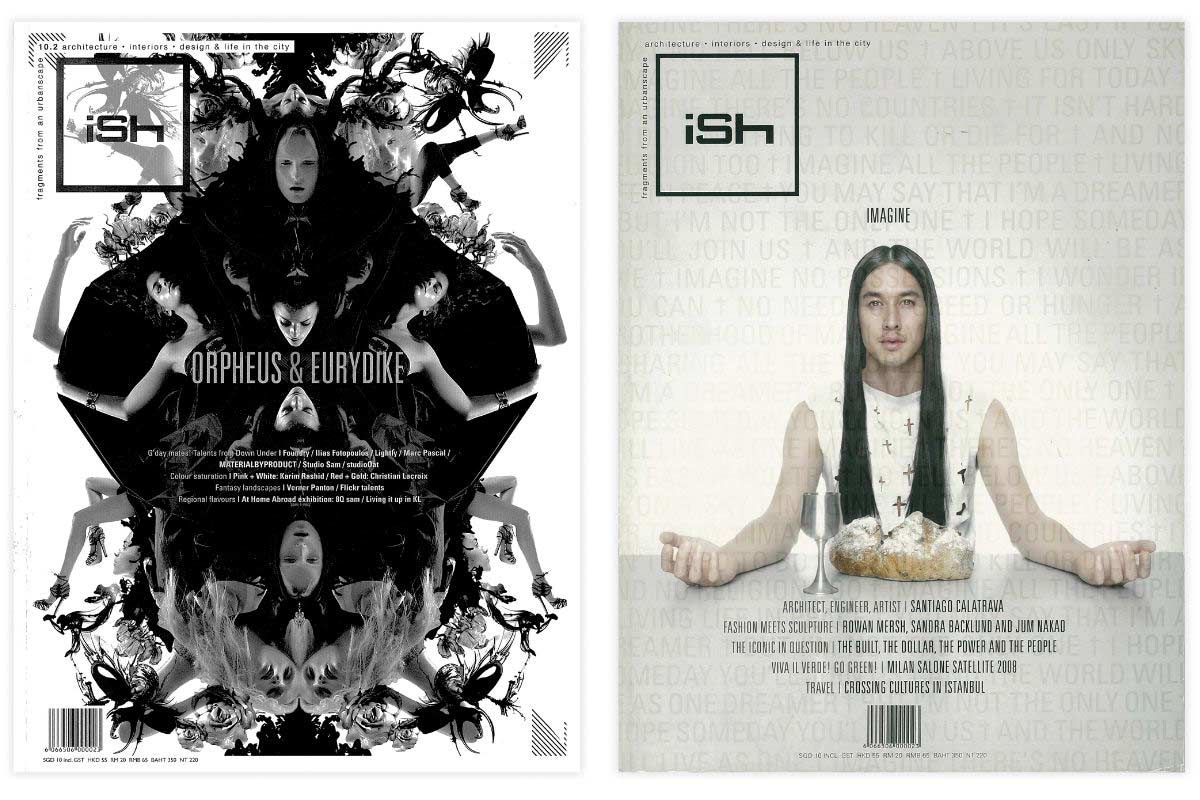
“In a lot of ways, design was undervalued because people still did not recognise it as a profession,” Cheng explains. “That was how low a bar we started from.”
As a budding designer, she faced challenges getting opportunities and thought iSh could help to raise the profile of Singapore’s design industry.
“It was more of an innocent dream to provide a platform for creatives to showcase their works because we did not have such a platform,” she adds.
Two years after Cheng founded her “glorified fanzine” about design – she wrote, designed and even distributed the early issues all by herself – iSh was acquired by local art and design book publisher Page One who also hired her as its Group Creative Director and Editorial Director. It marked the beginning of Cheng’s journey as both a graphic designer and a champion for Singapore design.
Building a design community from the ground up
Over its decade of existence, iSh featured the works and profiles of many then up-and-coming Singapore designers – such as Kinetic Design, PHUNK and Asylum – who became the industry’s leading lights today. The magazine was also a platform for many young writers and photographers, who Cheng made sure to pay fairly and on time so they did not have to work for free to build a portfolio like she had to.
As the local design industry evolved, so did the mission of iSh. When Cheng realised from her interactions with clients that many did not know how to work with designers and appreciate good design, she redesigned the magazine to also attract non-designers in the hopes of educating them.

At first, I thought it was a magazine to showcase work and talk among designers, but then I realised it can play a bigger part in talking about design to the outside world,
— Kelley Cheng
As a bridge between designers and to non-designers, iSh supported the growth of the design industry in Singapore. One example is landscape architect Dwight Law who was designing projects in Singapore during the early 2000s when a feature in the magazine led to a project in China and changed the trajectory of his career.
“Dwight now runs a 100-person office in Shanghai. Recently, he came back to me to make a book for him. It’s a nice circle,” Cheng says. “It was the early days of the internet, so the magazine was still an effective platform for global stardom, if you like.

These success stories really affirmed that we needed this magazine to help bring the Singapore design scene and its designers to a broader audience.
— Kelley Cheng
Perhaps the proudest achievement for Cheng is how iSh helped her connect with many designers who are now friends. The magazine was just one of several ground-up initiatives started that facilitated encounters between local creatives, including the Brazen gallery run by Jackson Tan and Patrick Gan and the Asylum Shop, an experimental retail space run by Chris Lee.
“When iSh started my role was really a comrade. I wanted to be part of a community I could not find at the time, and I wanted to play a part in building this community,” she says.
The grassroot efforts were boosted with the establishment of the DesignSingapore Council (Dsg) in 2003 as Singapore sought to grow its creative industries. The agency began regularly organising events and showcases of Singapore design, such as 20/20 and SINGAPOREdge, which Cheng contributed too. They laid the foundations of the country’s design scene today, she adds.
“Dsg happened at the right time and provided this platform for us designers to be heard, to be visible and recognised not just between designers but also by the government.”
Expanding into a new chapter
In 2007, Cheng found new ways to support the creative community in Singapore. Her architect friend, Randy Chan, had chanced upon an empty 1950s Art Deco shophouse along Selegie Road and invited her to open a bar-cum-gallery together on the second floor. Just as she did in iSh, Cheng became the “curator of the uncurated” at Night & Day by offering young creatives a space to showcase their works. These included the illustrator Speak Cryptic and the artist Andy Yang, who both presented one of the earliest shows in their careers in 2007 and 2008 respectively. Regular performers at the bar also included the likes of Zai Kuning and Lee Wen, and Night & Day became the hangout spot for local creatives.
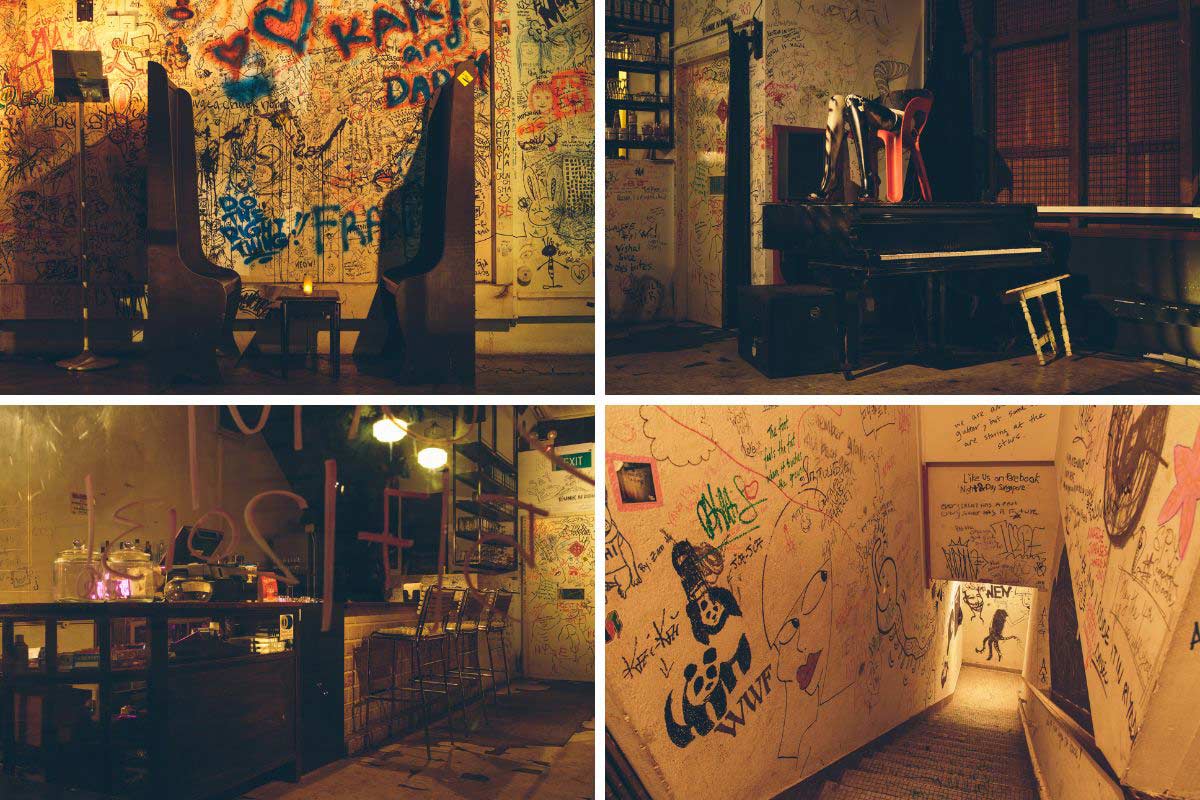
In 2009, Cheng opened a second bar and cafe called 15 Minutes at the LASALLE College of the Arts to provide a platform for student artists, designers and musicians. By then, she had also left Page One to start her own creative agency, The Press Room.
“I felt that with these new spaces we can continue to do what I do but through different activities. At iSh, we featured so many different disciplines so I could foresee the bar as a space for all that, and it was a natural transition,” says Cheng. “In some ways, I always think of this as the second chapter of my life.”
While iSh was closed, she became the editor-in-chief and creative director for Singapore Architect. The magazine published by the Singapore Institute of Architects provided her new platform to continue the work of championing the local creative scene. This is also when Cheng was introduced to the pioneer architect William Lim, who became one of the earliest supporters of The Press Room. Lim would commission her to design many of his books over the decade, but beyond just a client, he became a mentor and also a friend.
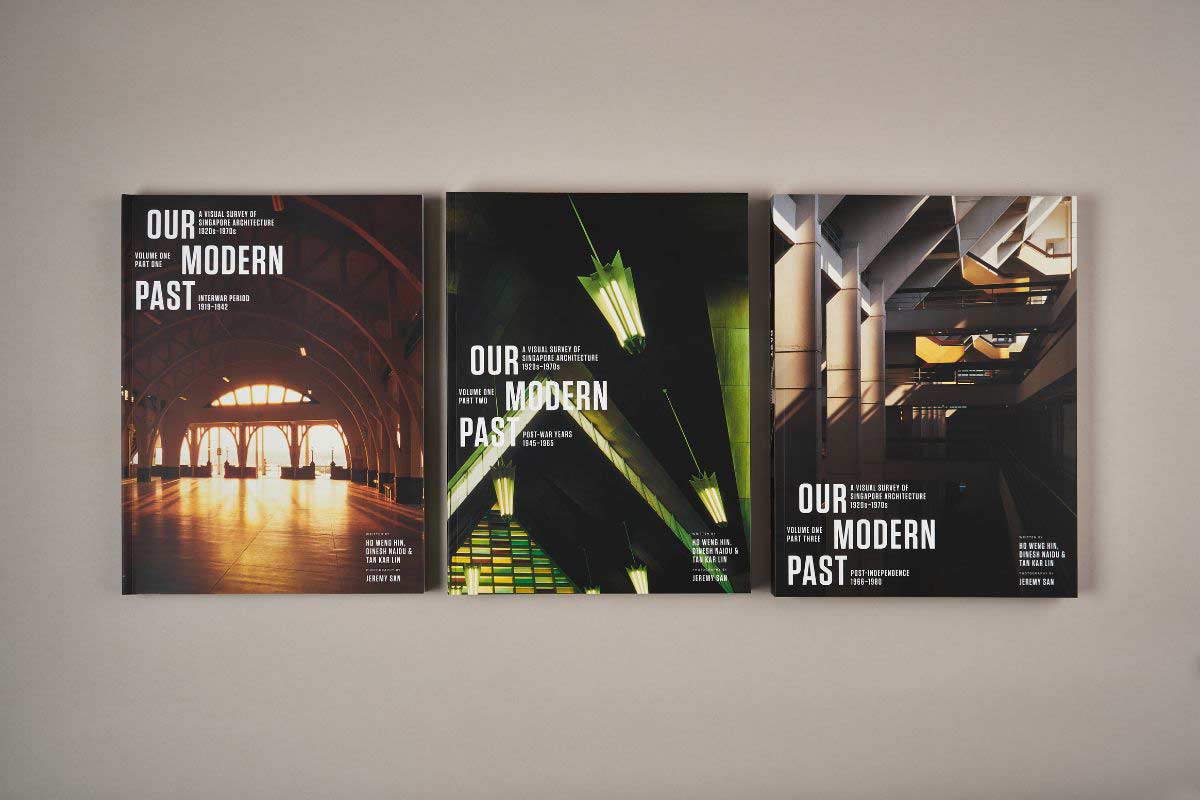
Jeremy San. Photos by Kelley Cheng.
“When he was alive, every Chinese New Year there would be a big party in his house and he will invite every single person he knows, from designers to academics. From time to time, he organised lunches to get people together. I realised he was a one-man effort to bring the community together,” she says. “I learnt so much from William Lim. This whole idea of creating platforms for the young and working with them is something I learnt from him.”

Recording Singapore designers’ histories
Cheng was reminded of Lim and other pioneers of Singapore’s creative scene when Dsg hosted a retrospective of her practice, Proportion & Emotion: 20 Years in Design with Kelley Cheng, at the National Design Centre in 2019. The opportunity to share her design journey spurred her to start a project for others to showcase theirs too. In 2021, Cheng launched Studio SML with the support of Dsg, a series of podcast interviews with creatives from Singapore.

“I wanted it to be quite different from past projects. In the past, it was showing the glamorous side of design, but I realised there is a lot of hardships that designers go through too,” says Cheng who also received the President*s Design Award Designer of the Year in 2020 “This is why Studio SML focuses on the journey of designers and the raw, honest stories of what goes on behind the scenes.”

Over the last two years, the series has recorded over 30 interviews with designers across a variety of disciplines and experiences, ranging from fashion designer Thomas Wee who has been practicing since the 1970s, to emerging practices such as graphic design studio gideon-jamie which started only in 2017. Cheng hopes that by publishing these interviews online, younger readers can readily access them and learn how Singapore became a nation of design.
“Where do I come from? What did my forefathers do and how did it make me become who I am today? If young designers understand this ancestry, then they can decide what to keep and how to evolve,” Cheng says.

It is only through documenting that we can have a history, create an ecosystem and evolve as a design community.
– Kelley Cheng
Singapore’s design scene has grown tremendously since she started out, adds Cheng. Today, there are many more options for youth to learn about design. The local design industry is also attracting talents from the region. But there is always room for improvement, she says.
“Since I started until now there is still this tinge of idealism in me there must be a way to make things better,” Cheng says.

Everything can indeed be better by design… I think better by design might not necessarily have to be creating a physical thing, it can be a gesture that affects a lot of bigger changes.
– Kelley Cheng
Just as what Cheng has done for Singapore design over the last two decades and counting.
Read our unfolding series of stories on creative discovery and making life in Singapore ‘Better by Design’.

